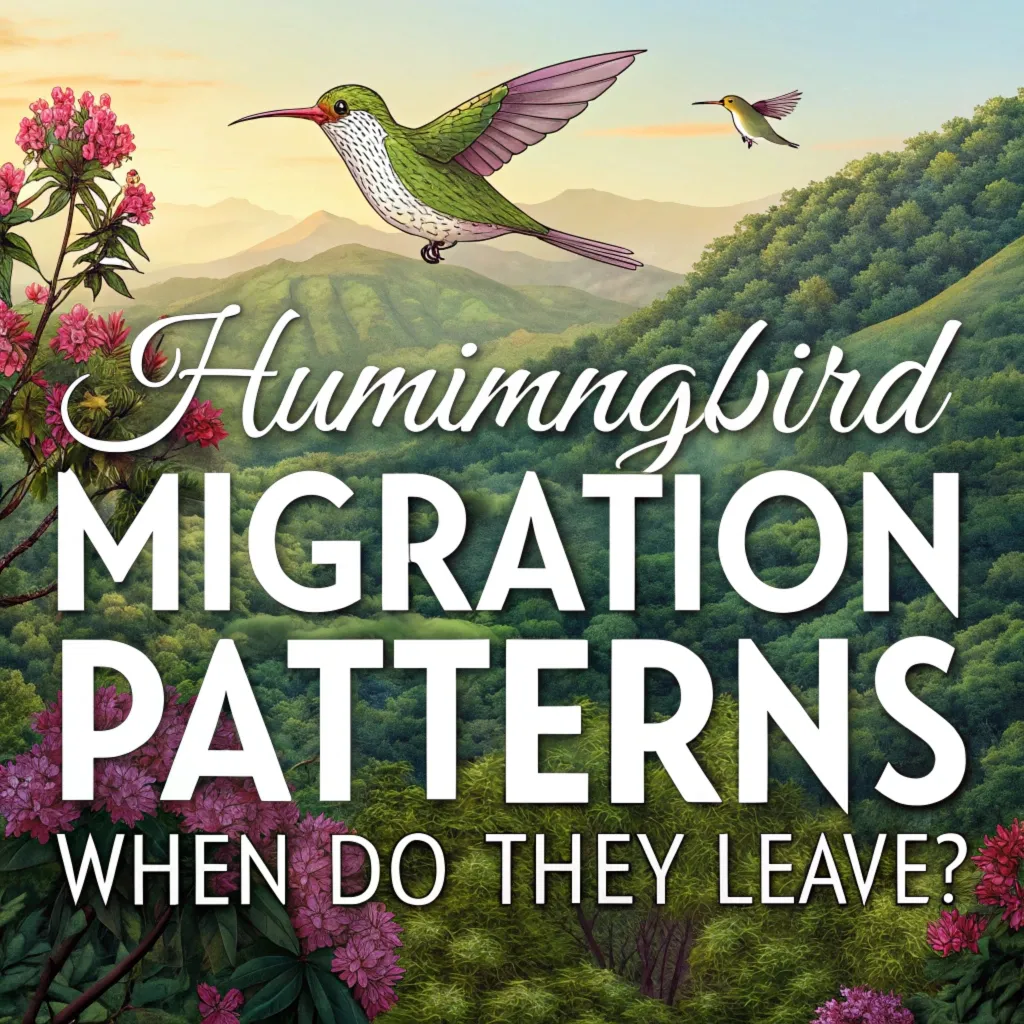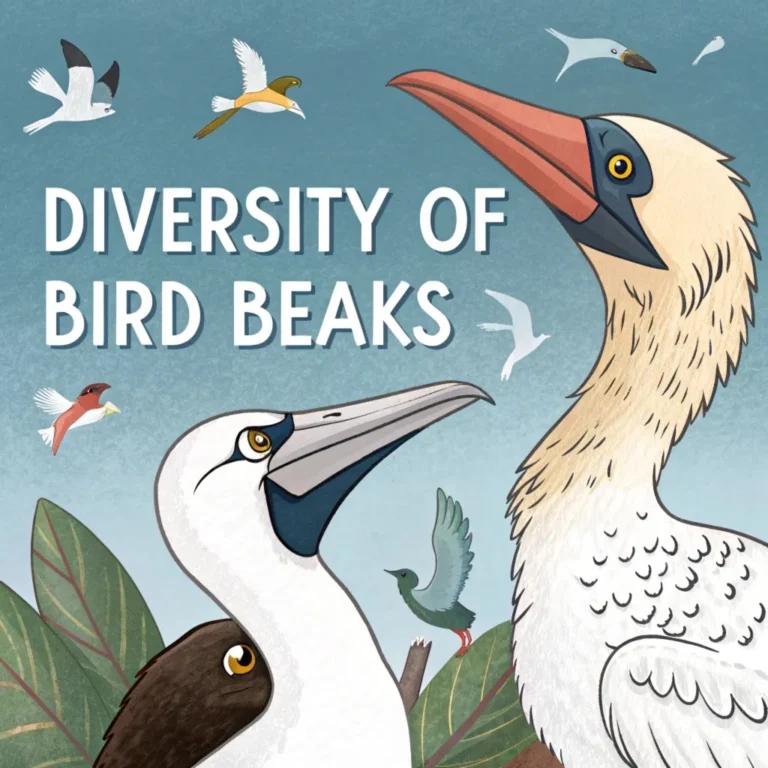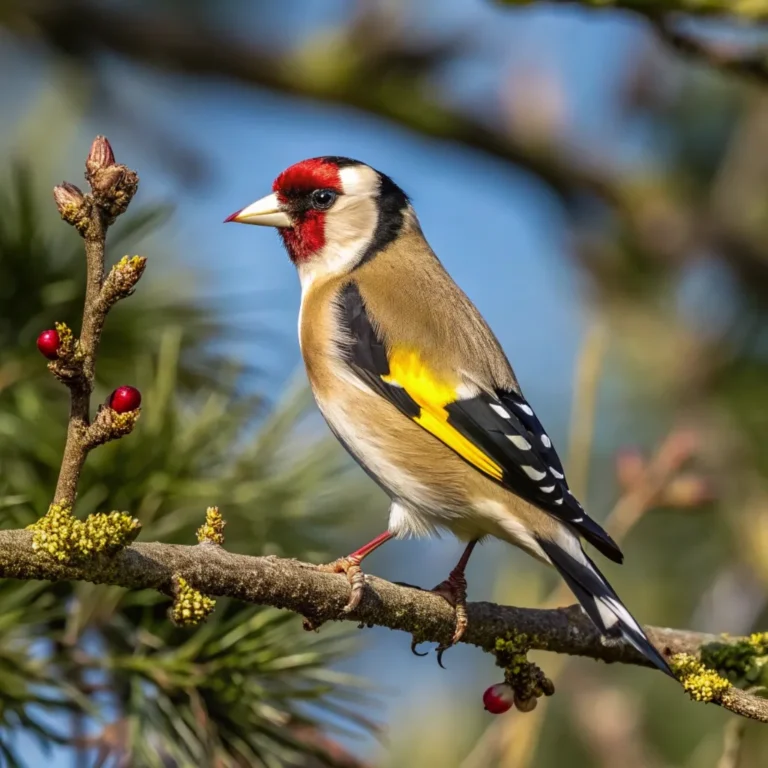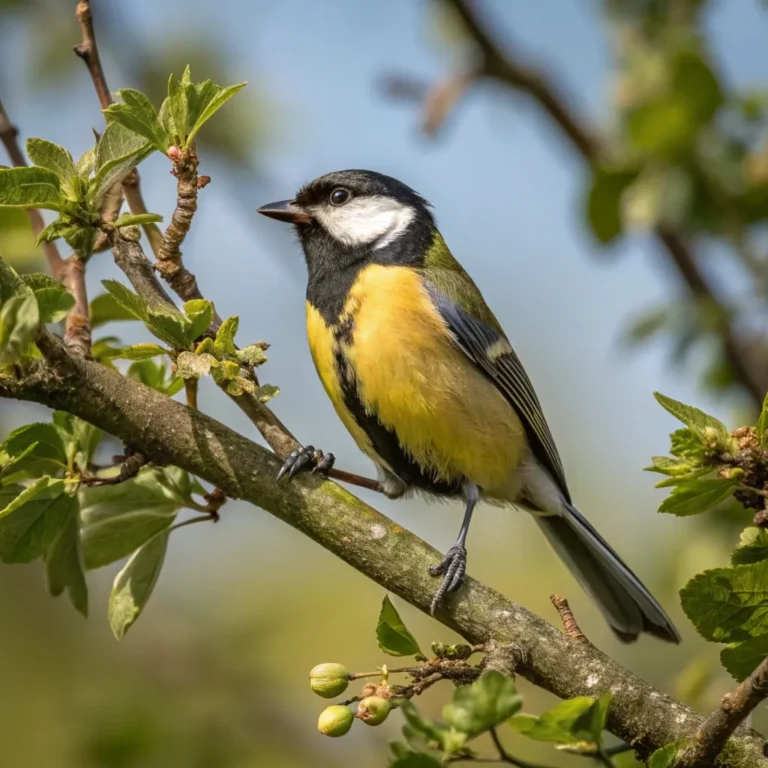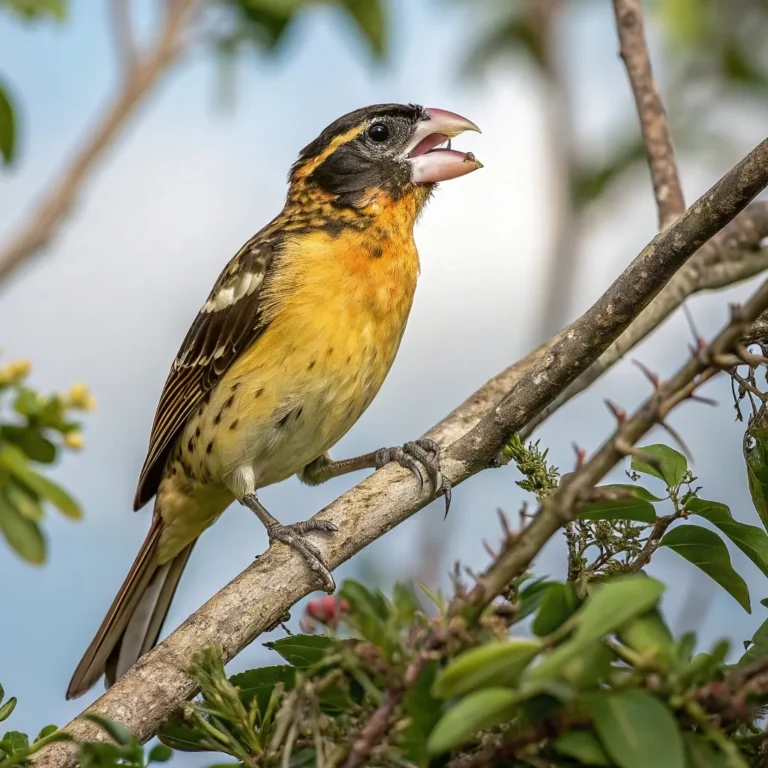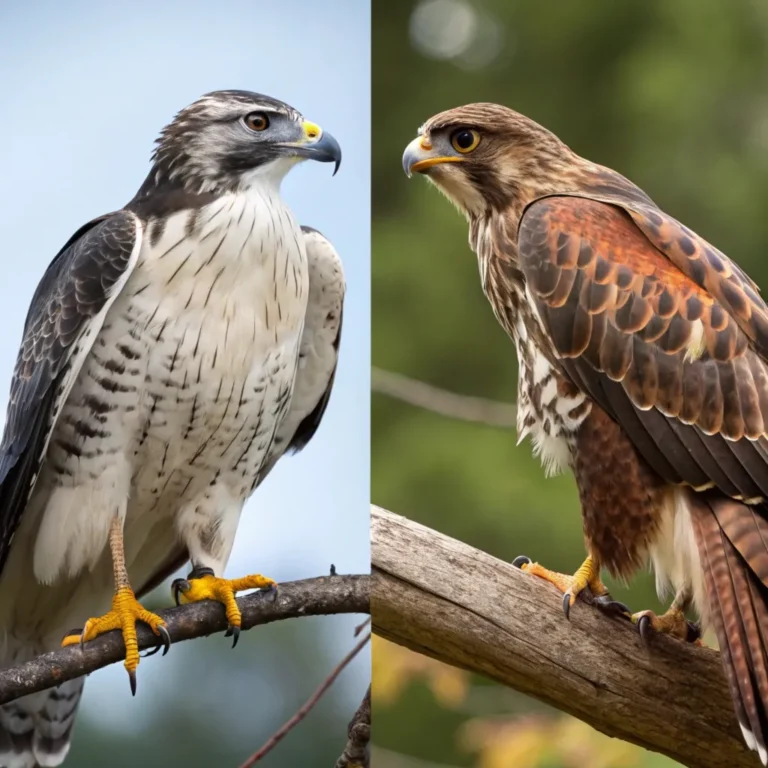Hummingbird Migration Patterns: When Do They Leave?
Hummingbirds, nature’s tiny marvels, embark on an incredible journey twice a year.
Their migration patterns captivate bird enthusiasts and scientists alike.
This post delves into the intricacies of hummingbird migration, focusing on when these remarkable birds leave their summer habitats.
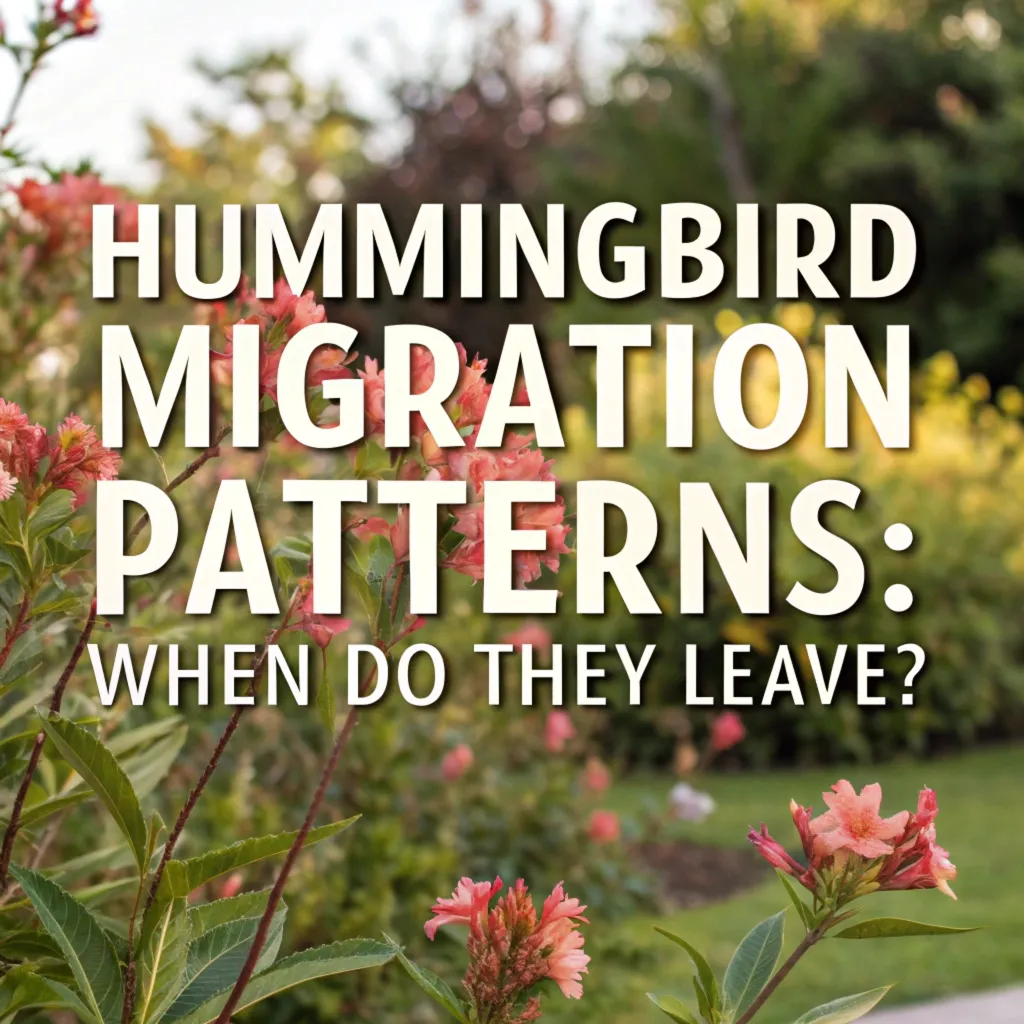
Key Takeaways: Hummingbird Migration Essentials
- Timing: Hummingbirds start migrating south in late July or early August.
- Duration: The migration process continues through early October.
- Order: Male hummingbirds leave first, followed by females and then juveniles.
- Triggers: Changes in daylight hours, temperature, and food availability prompt migration.
- Distance: Some hummingbirds travel thousands of miles during migration.
- Speed: Hummingbirds can fly 18 hours non-stop across the Gulf of Mexico.
- Preparation: Birds increase food intake before migration to build energy reserves.
- Routes: Different species follow distinct migration paths.
- Instinct: Young hummingbirds migrate alone, relying on innate instincts.
- Feeding: Maintaining bird feeders during migration season helps support the birds’ journey.
- Variations: Migration patterns can vary by species and environmental conditions.
- Winter destinations: Many hummingbirds winter in Central America and Mexico.
- Spring return: Hummingbirds begin their northward journey as early as February.
The Start of Hummingbird Migration
Hummingbirds begin their southward migration in late July or early August. This process marks the end of their breeding season in North America.
The departure doesn’t happen all at once. Instead, hummingbirds leave in waves, creating a gradual transition.
Hummingbird migration is a remarkable phenomenon that showcases the incredible adaptability and resilience of these tiny birds.
As the days grow shorter and temperatures begin to drop, hummingbirds instinctively prepare for their long journey south.
This preparation involves significant physiological changes, including increased feeding to build up fat reserves essential for the arduous flight ahead.
The timing of migration is crucial for hummingbirds, as they must balance the need to stay in their breeding grounds long enough to raise their young with the necessity of leaving before food sources become scarce.
Migration Timing for Different Groups
Male hummingbirds lead the migration. They start their journey south first, typically by the beginning of September.
Female hummingbirds follow a few weeks later, after their offspring leave the nest. Young hummingbirds are the last to depart, embarking on their first migration alone.
The staggered departure of hummingbirds is a fascinating aspect of their migration strategy. This approach ensures that food resources along the migration route are not depleted all at once, allowing each group to find sufficient nourishment during their journey.
Male hummingbirds, being the first to leave, act as scouts, potentially identifying favorable routes and stopover points for the females and juveniles that follow.
Young hummingbirds face a particularly challenging task, as they must navigate the migration route without guidance from adults. Their ability to successfully complete this journey is a testament to the power of instinct and genetic programming in these remarkable creatures.
Factors Triggering Migration
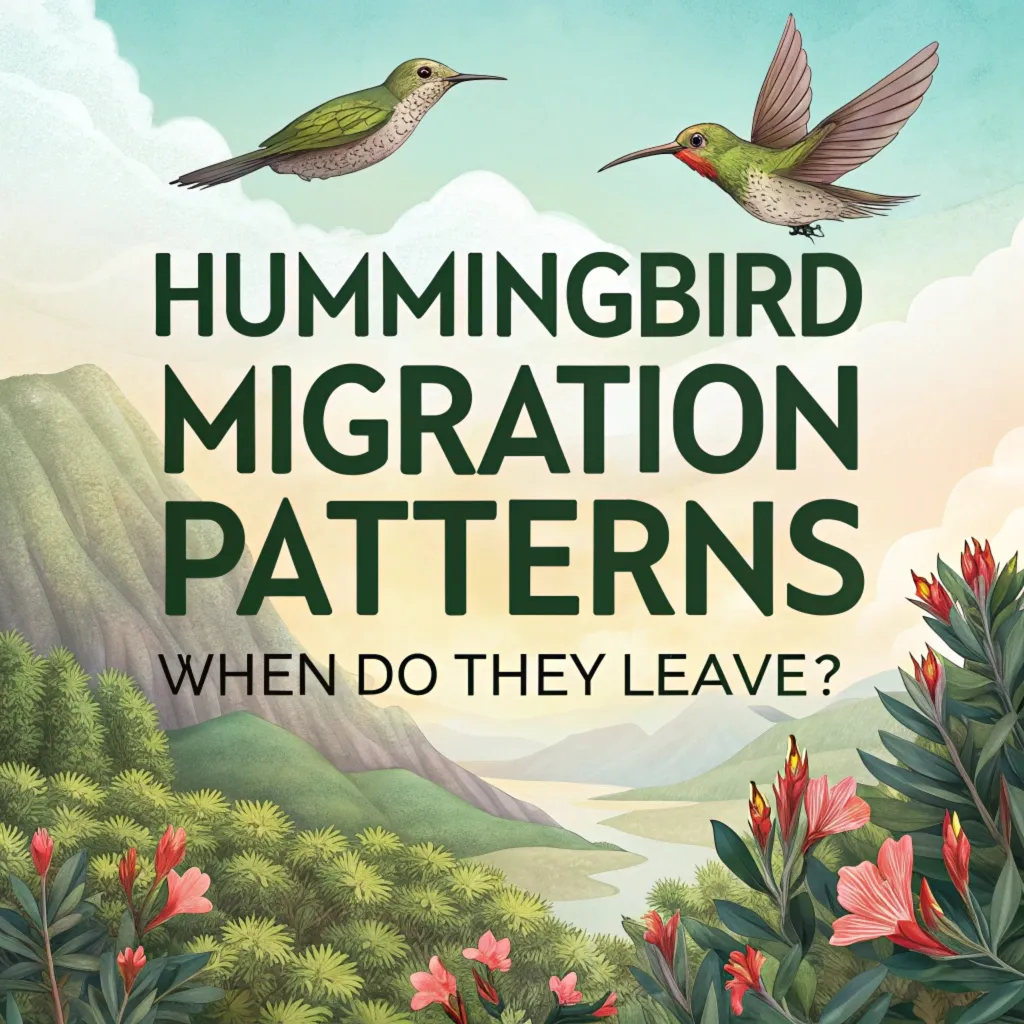
Several factors prompt hummingbirds to start their migration:
- Changes in daylight hours
- Decreasing temperatures
- Reduced availability of flowers and insects
These environmental cues trigger the birds’ instinct to migrate.
Hummingbirds possess an innate ability to detect subtle changes in their environment, which serves as a biological cue for migration.
The shortening of daylight hours, known as photoperiod, is perhaps the most crucial factor. This change triggers hormonal shifts in the birds, preparing them physiologically for the long journey ahead.
The decreasing temperatures and reduced food availability act as secondary cues, reinforcing the urgency to migrate. As flowers begin to wilt and insect populations decline, hummingbirds must seek out more abundant food sources in warmer climates to survive.
The Journey South
Hummingbirds travel impressive distances during migration. Some species fly thousands of miles to reach their winter homes. The journey can be challenging, especially for young birds making the trip for the first time.
The southern migration of hummingbirds is an extraordinary feat of endurance and navigation.
These tiny birds, weighing no more than a few grams, must traverse vast distances over land and sometimes water.
Their journey is fraught with challenges, including unpredictable weather, predators, and the constant need for food and rest.
Hummingbirds have evolved several adaptations to cope with the demands of long-distance flight.
They can enter a state of torpor, lowering their body temperature and slowing their metabolism to conserve energy during cool nights.
Ruby-throated Hummingbird Migration
Ruby-throated hummingbirds, common in eastern North America, showcase a fascinating migration pattern.
They begin appearing in Central America by early October. Some brave individuals make a non-stop flight across the Gulf of Mexico, a journey lasting about 18 hours without rest or food.
The migration of Ruby-throated hummingbirds is particularly remarkable due to the geographical challenges they face.
These tiny birds, weighing about as much as a penny, must cross the Gulf of Mexico in a single flight.
This non-stop journey covers approximately 500 miles of open water, pushing the limits of their physical endurance.
Preparation for this incredible feat involves significant physiological changes. Ruby-throated hummingbirds can nearly double their body weight before migration, storing fat that will fuel their long flight.
Rufous Hummingbird’s Unique Route
Rufous hummingbirds follow a distinctive looping migration pattern. In spring, they travel north along the Pacific Coast. For their return journey, they take an inland route, often passing through the Rocky Mountains.
The Rufous hummingbird’s migration is one of the longest of any bird in proportion to its body size.
These feisty birds travel up to 4,000 miles from their breeding grounds in Alaska and western Canada to their wintering sites in Mexico.
Their unique looping pattern allows them to take advantage of different food sources and habitats during their spring and fall migrations.
Rufous hummingbirds are known for their exceptional navigational abilities, often returning to the exact same feeding spots year after year along their migration route.
Preparing for the Long Flight
Before migration, hummingbirds enter a phase of intense feeding. They increase their body weight by consuming more nectar and insects. This extra energy storage is crucial for their long journey.
Hummingbirds undergo significant physiological changes in preparation for migration. Their bodies become highly efficient at converting food into fat, which serves as the primary fuel for their long-distance flights.
During this period, hummingbirds can consume up to three times their body weight in nectar and insects daily.
The preparation phase also involves changes in the birds’ muscle composition. Their flight muscles increase in size and efficiency, allowing for sustained long-distance flight.
Additionally, their digestive organs may temporarily shrink, reducing overall body weight for more efficient flight.
The Role of Bird Feeders
Maintaining hummingbird feeders during migration season is beneficial. These feeders provide reliable food sources for migrating birds, helping them refuel during their journey.
Experts recommend keeping feeders up until late October to support late migrants.
Bird feeders play a crucial role in supporting hummingbird migration. They serve as reliable pit stops, providing high-energy food that helps the birds maintain their strength and fat reserves.
Feeders are particularly important in urban and suburban areas where natural nectar sources may be limited.
Proper maintenance of hummingbird feeders is essential. Feeders should be cleaned regularly and filled with fresh sugar water to prevent the growth of harmful bacteria and mold.
Hummingbird Migration Map
Migration patterns vary among hummingbird species. Some common routes include:
- Pacific Flyway: Used by Rufous, Calliope, and Black-chinned Hummingbirds
- Central America route: Favored by Ruby-throated Hummingbirds
- Rocky Mountain path: Followed by several western species
Hummingbird migration routes are complex and varied, reflecting the diverse habitats and food sources these birds rely on. The Pacific Flyway, stretching from Alaska to Central America, is a major thoroughfare for several hummingbird species.
This route takes advantage of the rich nectar sources found in the coastal regions and mountain meadows of western North America.
The Central America route, primarily used by Ruby-throated Hummingbirds, involves a perilous crossing of the Gulf of Mexico.
This direct route allows these birds to reach their wintering grounds quickly, but it comes with significant risks.
Winter Destinations
Most hummingbirds spend winters in Central America or Mexico. However, some species, like those in California and the upper Pacific coast, don’t migrate at all.
Winter habitats for hummingbirds are crucial for their survival. These areas provide abundant food sources and milder climates that allow the birds to conserve energy.
In Central America and Mexico, hummingbirds find a variety of flowering plants that bloom during the northern winter, ensuring a steady supply of nectar.
Some hummingbird species have adapted to remain in their breeding grounds year-round.
These non-migratory populations have developed strategies to cope with colder temperatures and reduced food availability, often relying on human-provided feeders to supplement their diet.
Spring Migration Northward
The cycle begins again in late winter. Some hummingbirds start their northward journey as early as February. By March, many are already on their way to their breeding grounds in North America.
Spring migration is a critical time for hummingbirds as they race to reach their breeding grounds. The timing of their arrival is crucial, as it needs to coincide with the blooming of spring flowers that provide essential nectar.
This northward journey is often more rapid than the fall migration, as the birds are driven by the urge to establish territories and begin breeding.
Male hummingbirds typically arrive at the breeding grounds first, allowing them to claim the best territories before the females arrive. This head start gives them an advantage in attracting mates and securing resources for the breeding season.
Challenges During Migration
Migration poses several challenges for hummingbirds:
- Weather conditions: Strong winds and rain can impede flight
- Food scarcity: Over open water, food is unavailable
- Predators: Birds face various threats during their journey
- Energy demands: The long flight requires significant energy reserves
Hummingbirds face numerous obstacles during their migration. Adverse weather conditions can be particularly challenging, as these tiny birds are more susceptible to strong winds and heavy rain.
Such conditions can force them to delay their journey or seek shelter, potentially depleting their energy reserves.
The scarcity of food over large bodies of water, such as the Gulf of Mexico, presents a significant challenge.
Hummingbirds must rely entirely on their fat reserves during these long stretches, pushing their bodies to the limit.
The Marvel of Juvenile Migration
Perhaps the most astounding aspect of hummingbird migration is the journey of juvenile birds.
These young hummingbirds, on their first migration, travel alone. They rely solely on instinct to guide them to wintering grounds they’ve never seen.
Juvenile hummingbirds embark on their first migration without any guidance from adult birds, a feat that showcases the power of innate behavior.
These young birds must navigate thousands of miles, relying on a combination of genetic programming and environmental cues to find their way to suitable wintering grounds.
The success rate of juvenile migration is a testament to the robustness of hummingbird instincts.
Despite the numerous challenges and the lack of experience, many young hummingbirds successfully complete their first migration, ensuring the continuation of this remarkable annual cycle.
Impact of Climate Change on Migration
Climate change affects hummingbird migration patterns. Changing temperatures and altered flowering schedules can disrupt traditional migration timing. This shift poses new challenges for these tiny travelers.
Climate change is having a significant impact on hummingbird migration patterns. Rising temperatures are causing shifts in the timing of plant blooming, which can lead to a mismatch between the birds’ arrival and the availability of nectar sources.
This phenomenon, known as phenological mismatch, can have serious consequences for hummingbird survival and reproduction.
Altered weather patterns resulting from climate change can also affect migration routes and timing.
More frequent and severe storms may pose additional risks to migrating hummingbirds, while changing precipitation patterns can affect the availability of food sources along their journey.
How to Help Migrating Hummingbirds
Bird enthusiasts can support migrating hummingbirds by:
- Maintaining clean feeders with fresh sugar water
- Planting native flowers that provide natural nectar
- Avoiding pesticides that harm insects, a protein source for hummingbirds
- Providing water sources like birdbaths or misters
Supporting hummingbird migration is crucial for the conservation of these remarkable birds. By maintaining clean feeders with fresh sugar water, individuals can provide reliable energy sources for migrating hummingbirds.
It’s important to use a solution of four parts water to one part white sugar, avoiding honey or artificial sweeteners which can be harmful to the birds.
Planting native flowers not only provides natural nectar sources but also supports the entire ecosystem that hummingbirds rely on.
Native plants are adapted to local conditions and often provide better nutrition for hummingbirds than non-native species.
Fascinating Migration Facts
- Hummingbirds can double their weight before migration
- Some species travel over 2,000 miles one way
- Hummingbirds can fly at speeds up to 35 miles per hour
- Their heart rate can reach 1,260 beats per minute during flight
Hummingbird migration is filled with fascinating facts that highlight the extraordinary capabilities of these tiny birds.
The ability to double their body weight before migration is a remarkable adaptation that allows them to store enough energy for their long journey.
This weight gain is primarily in the form of fat, which serves as a high-energy fuel source during flight.
The flight capabilities of hummingbirds are equally impressive.
Their ability to fly at speeds up to 35 miles per hour and maintain heart rates of over 1,200 beats per minute during flight demonstrates the incredible physiological adaptations these birds have developed for long-distance travel.
FAQs
How long does hummingbird migration take?
The migration process typically lasts from late July to early October, with individual journeys varying in duration.
Do all hummingbirds migrate?
No, some species in areas like California and parts of Central America do not migrate.
How far do hummingbirds travel during migration?
Some hummingbirds travel over 2,000 miles during their migration journey.
Can hummingbirds fly across the ocean?
Yes, some species like the Ruby-throated Hummingbird fly non-stop across the Gulf of Mexico.
How do young hummingbirds know where to migrate?
Young hummingbirds rely on instinct and genetic programming to guide them on their first migration.
Should I take down my hummingbird feeder to encourage migration?
No, leaving feeders up doesn’t delay migration. It’s beneficial to keep feeders available for late migrants.
How fast do hummingbirds fly during migration?
Hummingbirds can reach speeds of up to 35 miles per hour during migration.
Do hummingbirds migrate in flocks?
Unlike many birds, hummingbirds typically migrate individually, not in flocks.
What’s the best way to help migrating hummingbirds?
Provide clean feeders with fresh sugar water and plant native flowers that offer natural nectar.
How does climate change affect hummingbird migration?
Climate change can alter flowering schedules and temperatures, potentially disrupting traditional migration patterns.
Citations:
[1] https://seowind.io/blog-writing-format/
[2] https://www.nobledesktop.com/learn/seo/creating-an-seo-friendly-blog-tips-for-writing-and-structuring-posts
[3] https://www.bloggingyourpassion.com/blog-format/
[4] https://iloveseo.com/seo/on-page-seo/optimizing-your-blog-post-format-for-better-search-engine-success/
[5] https://bdow.com/stories/blog-post-format/
[6] https://content-whale.com/blog/how-to-write-seo-friendly-blog-posts-2024/
[7] https://www.bramework.com/how-to-format-a-blog-post-13-easy-ways-to-make-your-content-readable/
[8] https://www.waseembashir.com/post/7-blog-design-best-practices
[9] https://www.semrush.com/blog/how-to-format-a-blog-post/
[10] https://www.voxonicstudio.ie/guide-effective-engaging-blog-content/

Joyce is the passionate founder of Chirping Hearts, a website dedicated to sharing her love for birds and providing valuable information about avian life. With a background in ornithology and years of experience in birdwatching, Joyce aims to inspire others to appreciate the beauty and diversity of birds. Through her engaging articles and guides, she hopes to foster a community of bird enthusiasts who share her enthusiasm for these incredible creatures. When she’s not writing, Joyce enjoys exploring nature trails and observing birds in their natural habitats.

